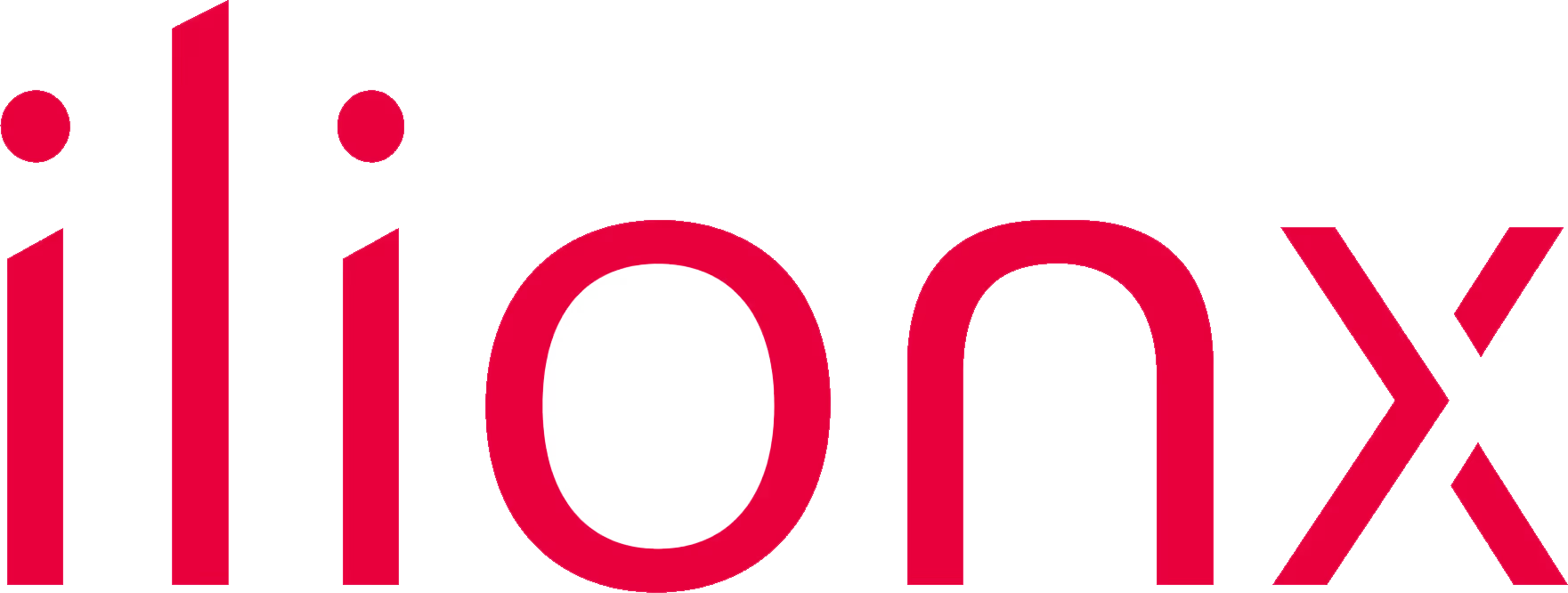University of Utah
Helping the University of Utah Streamline Infrastructure Across 35+ Labs

Business overview
The University of Utah is a major public research institution located in Salt Lake City, with a strong reputation across disciplines including medicine, engineering, and scientific research. Its vibrant academic community supports a wide range of research initiatives across dozens of specialised labs and departments.
The challenge
With just two IT staff supporting more than 35 independent research labs, the University of Utah faced mounting pressure to manage infrastructure efficiently at scale. Application deployments were manual and time-consuming, disaster recovery was slow and brittle, and the growing complexity of containerised environments made it difficult to maintain consistency and control. As the university continued to invest in modern infrastructure, it became clear that a more centralised, scalable solution was needed. One that could reduce overhead, improve visibility, and support secure multi-user access without adding to the team’s workload.
The real-world impact of smarter container management.
Reduced downtime
The solution
To bring order to a fragmented and time-intensive infrastructure, the University of Utah turned to Portainer as a way to centralise and streamline container management.
Built around Docker Swarm, Portainer gave the university’s lean IT team an intuitive, UI-driven platform to deploy, monitor, and manage applications across more than 35 research labs, without needing to touch the command line for every action. Instead of manually configuring services or logging into individual servers, the team could now spin up new applications in just a few clicks. Portainer’s role-based access control allowed researchers and lab staff to manage their own environments with appropriate permissions, while audit logs provided visibility and accountability across the system.
“We can deploy applications in minutes now, instead of hours or days.”
For the IT team, this shift wasn’t just about saving time. It reduced operational risk and helped establish a more resilient, scalable platform that could grow with the needs of the university. Combined with improved backup processes and simplified recovery paths, Portainer became a key part of ensuring research continuity and strengthening the university’s technical foundation.
By handing over control without losing oversight, Portainer helped the University of Utah simplify infrastructure and operate with greater confidence.
"Portainer is responsible for dropping my workload between 15 and 20% because I’m not going out and touching individual servers.”















.avif)

.avif)

.avif)
